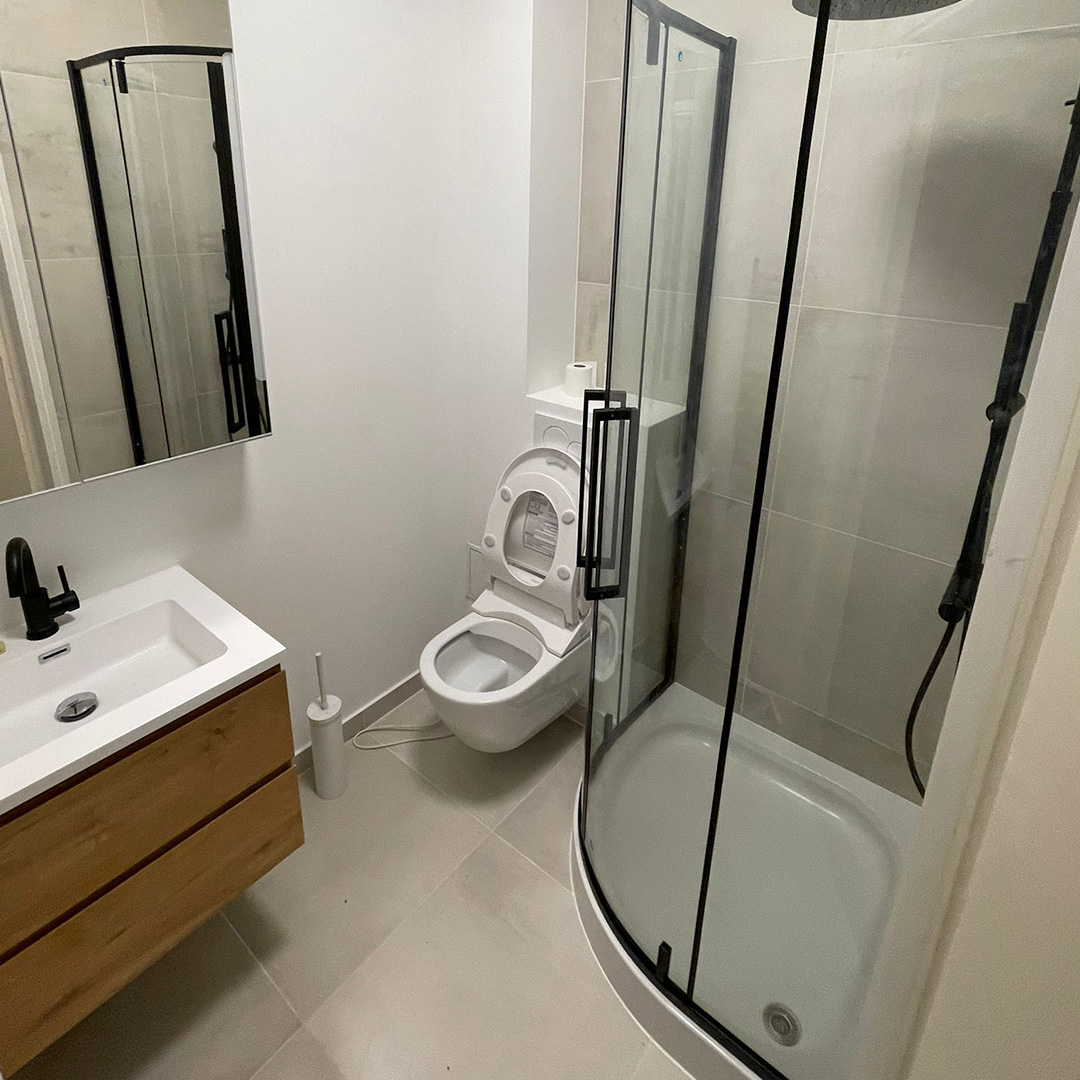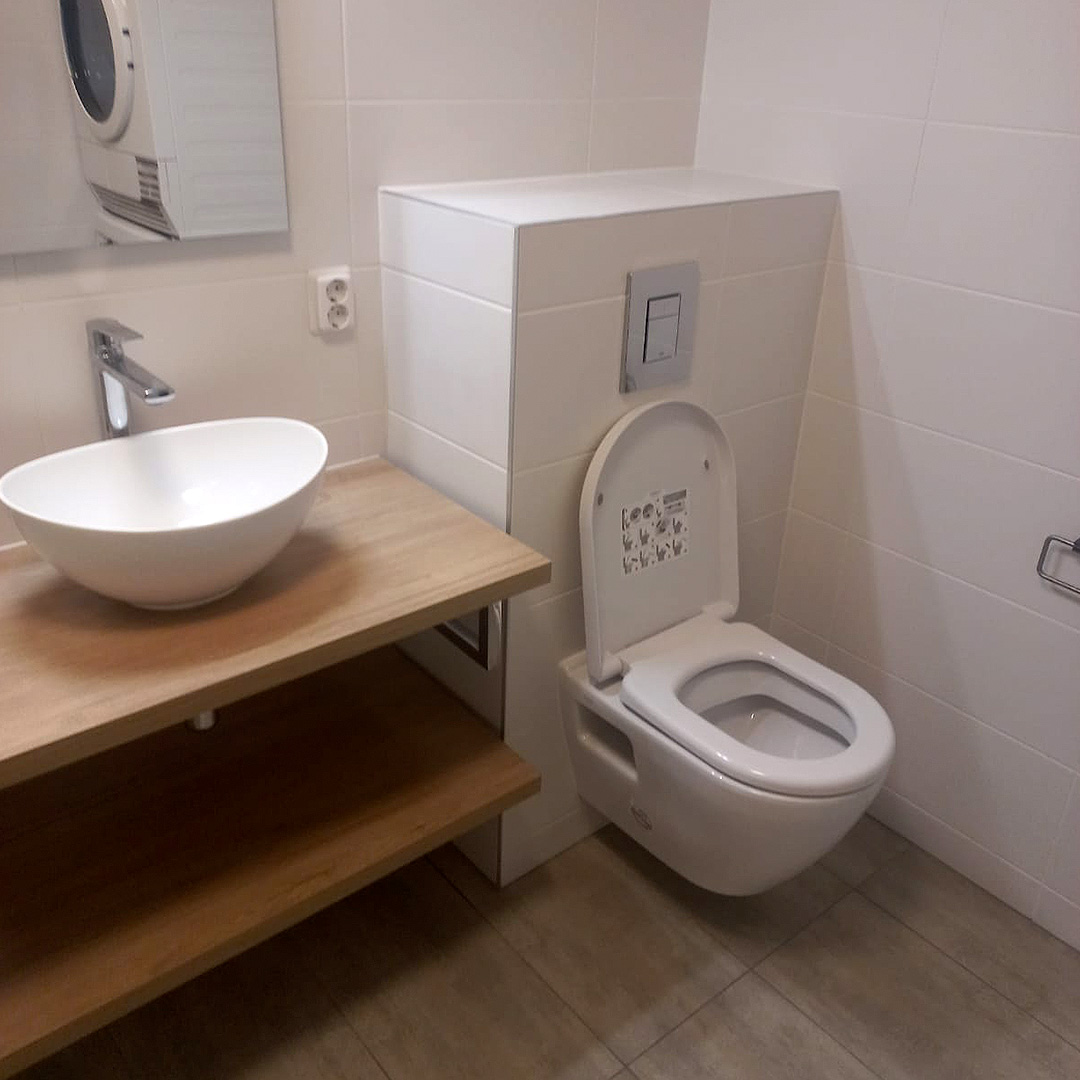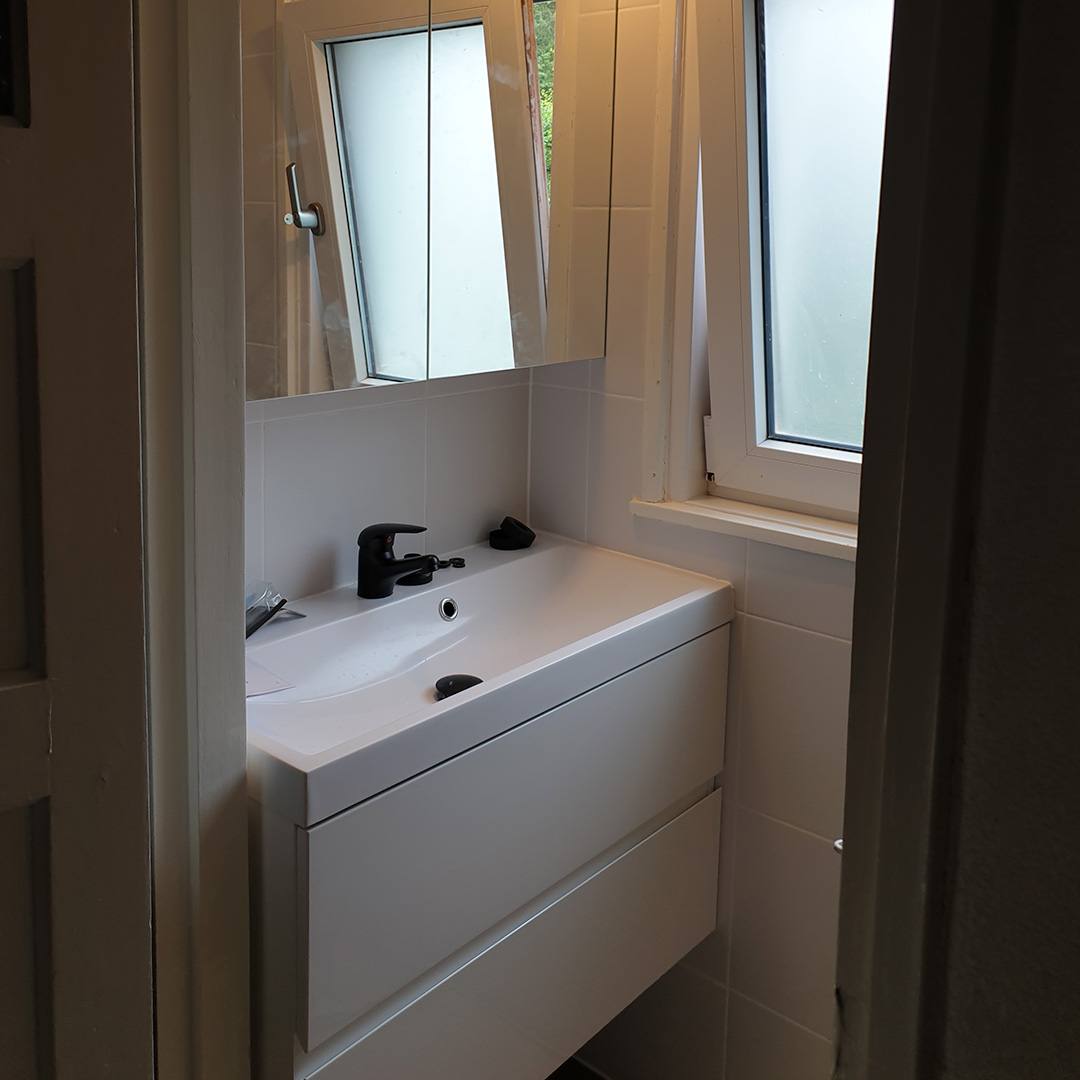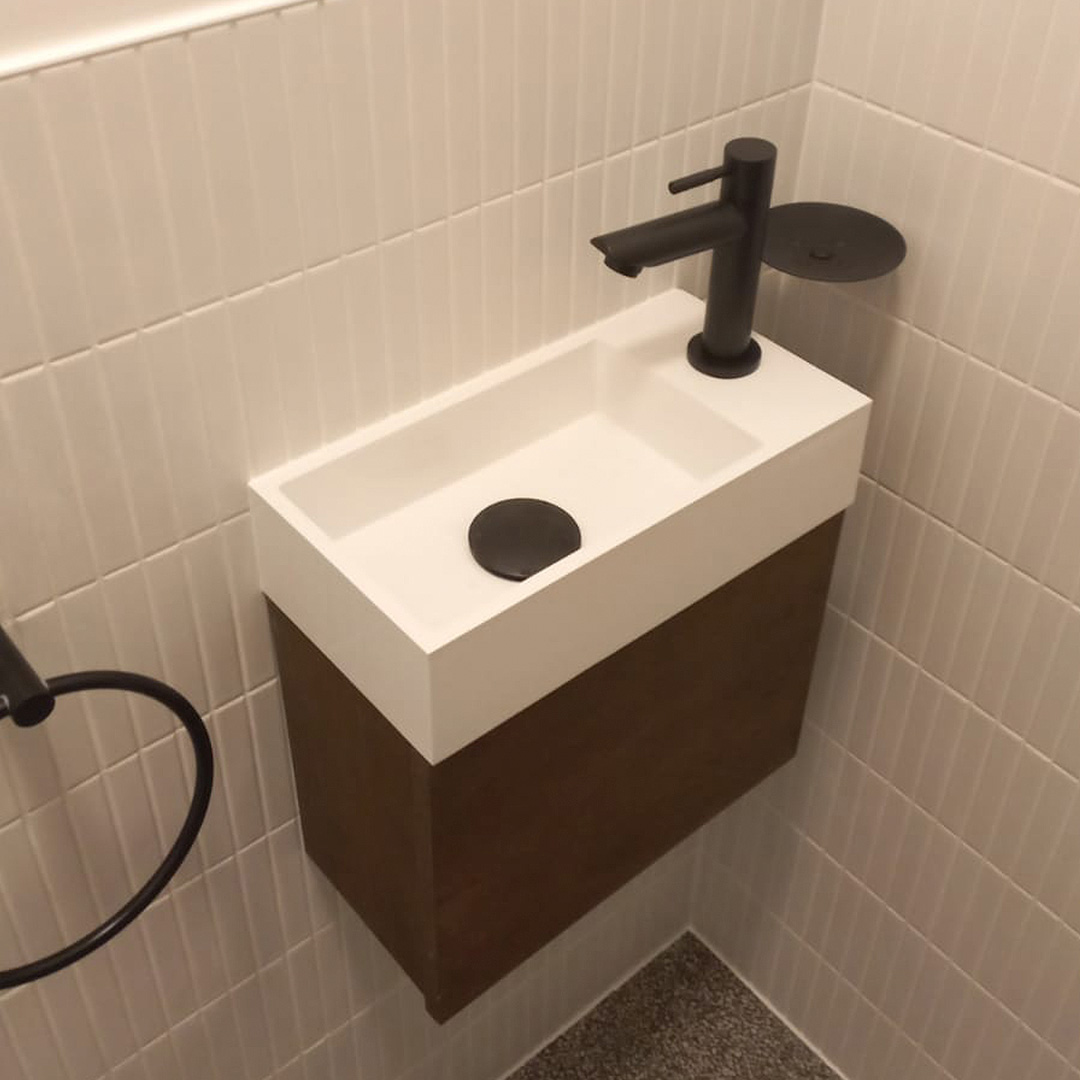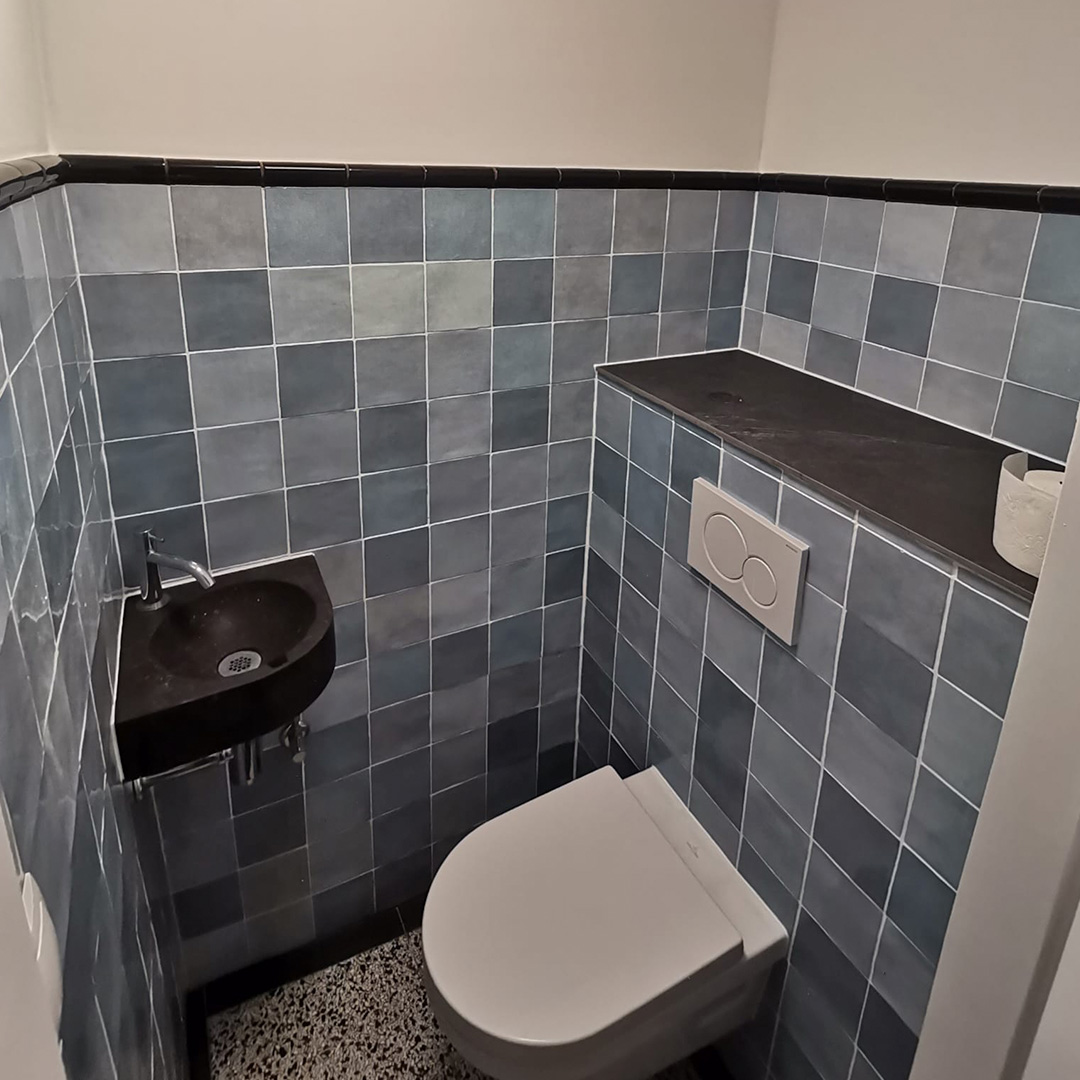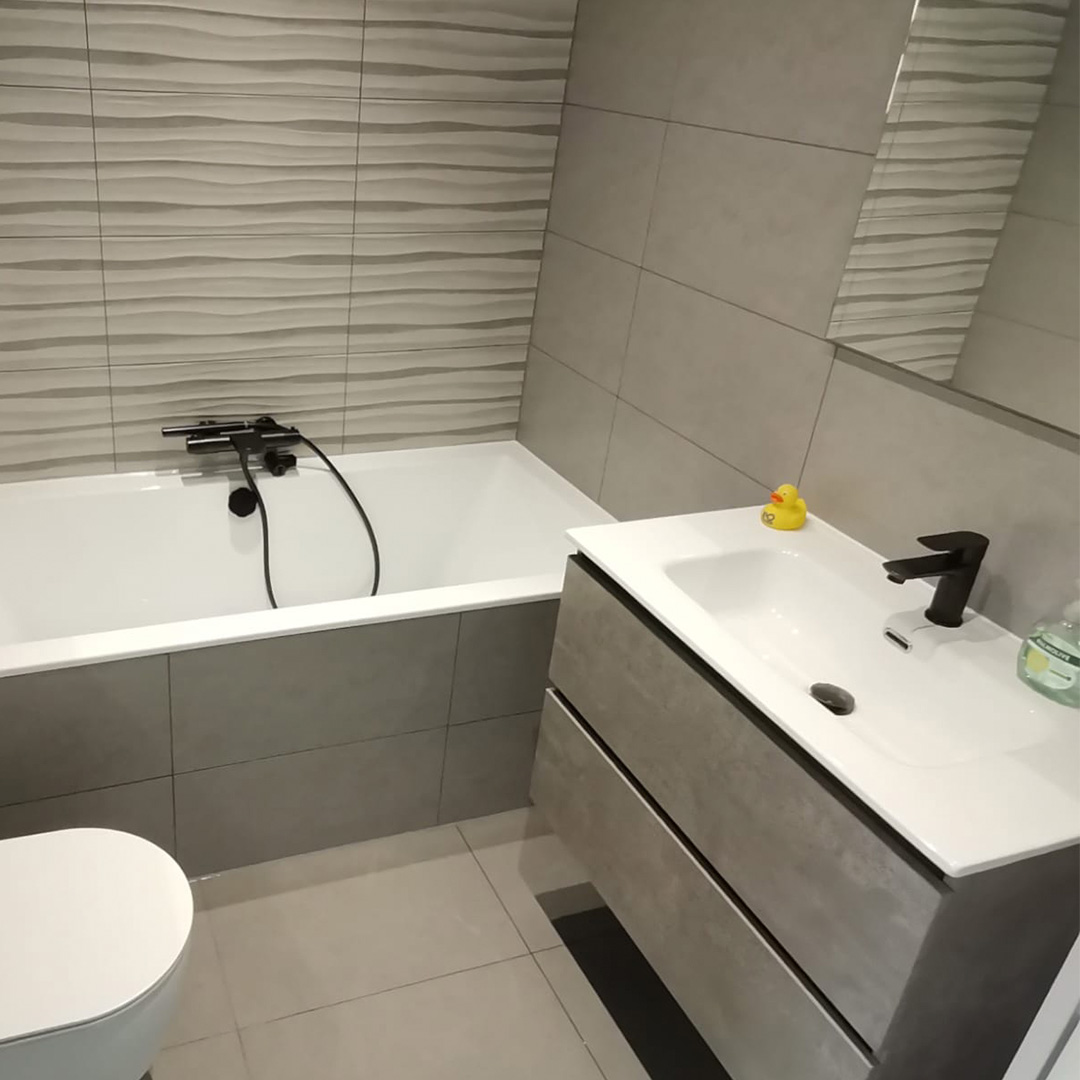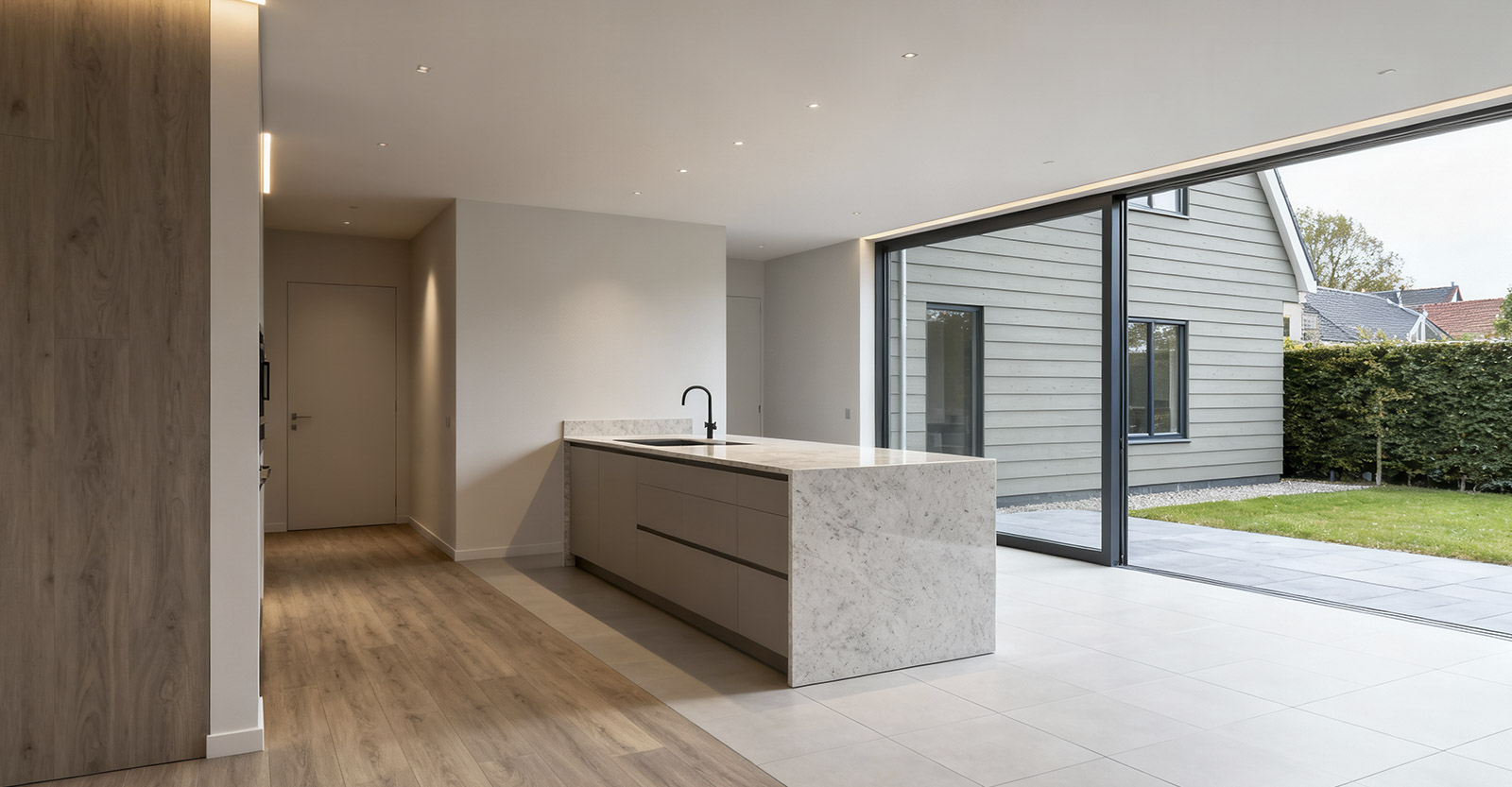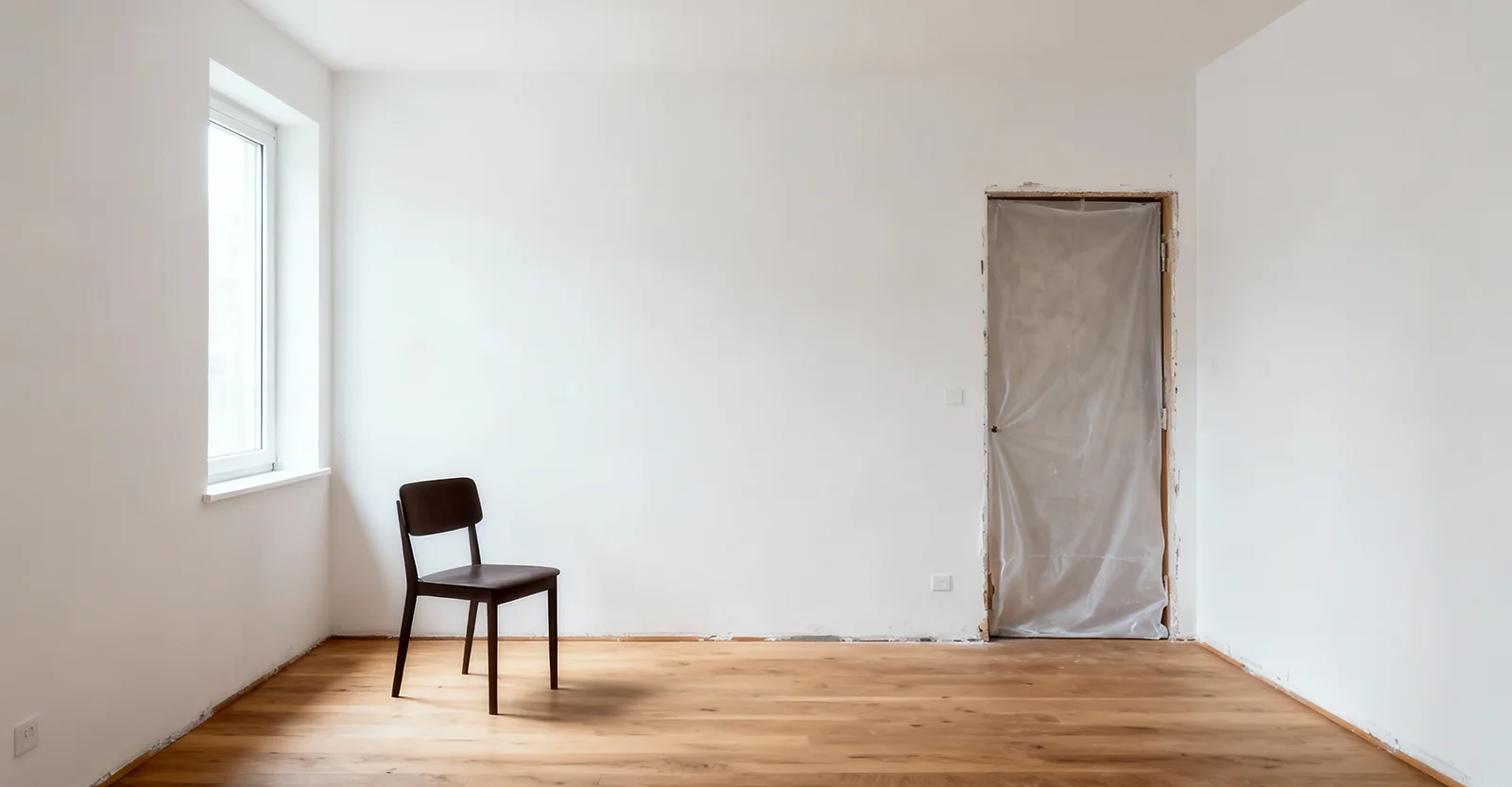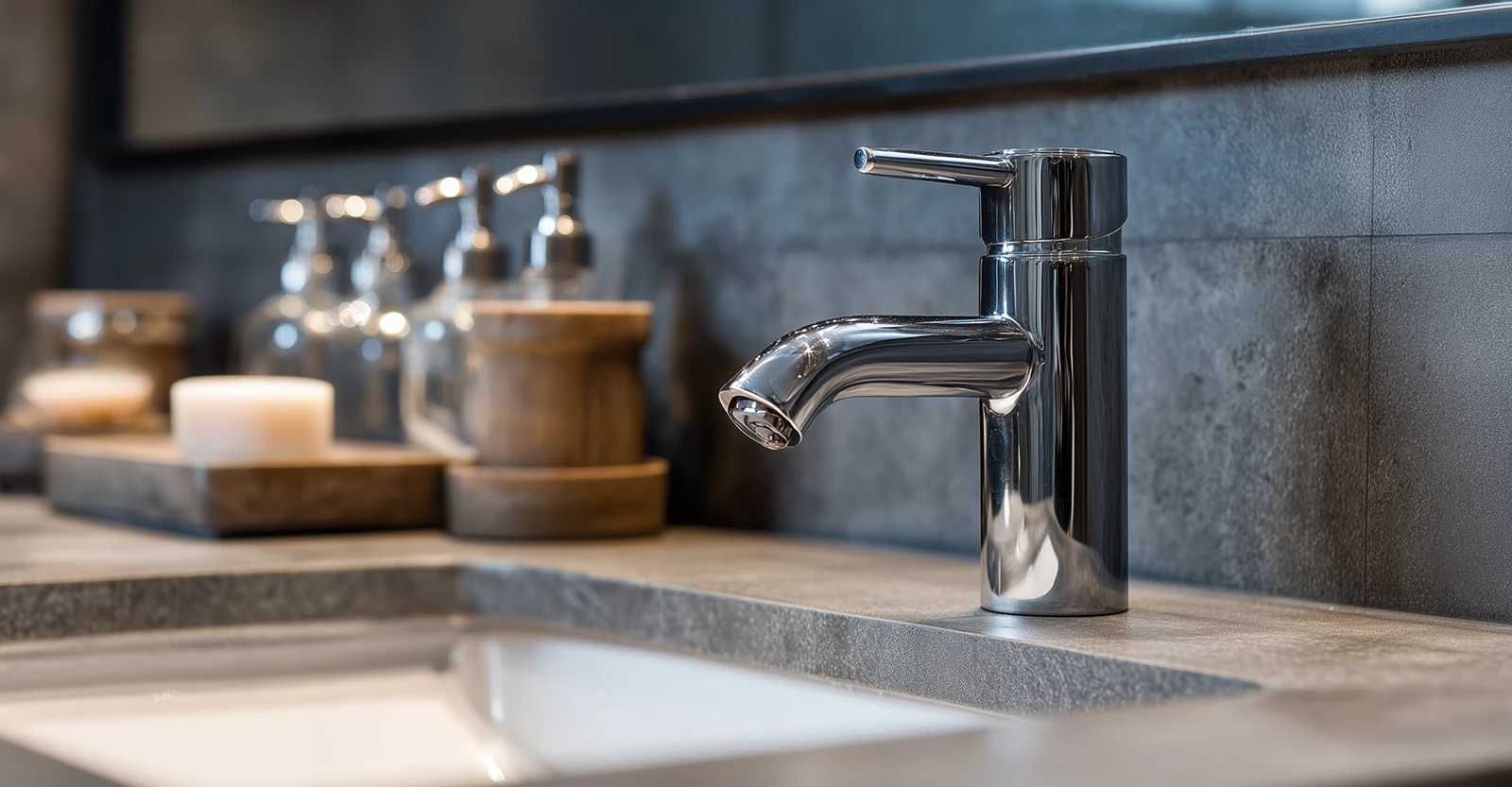Open-plan living spaces have surged in popularity across the Netherlands, reflecting modern tastes for spacious, flexible interiors. But while visually appealing, these large, airy rooms often come with an unexpected challenge: poor acoustics. Echoes, reverberations, and a hollow sound – issues known locally as ‘galm’– can turn otherwise beautiful spaces into uncomfortable environments. Here, we explore practical solutions to improve acoustics in open rooms, ensuring they remain both stylish and comfortable.
The Echo Problem in Open-Plan Homes
In modern Dutch homes, expansive windows, smooth plaster walls, and sleek floors like tiles or laminate, while elegant, significantly amplify sound reflections. Conversations become difficult, everyday noise escalates quickly, and the overall sense of tranquillity diminishes. These acoustic issues not only reduce comfort but can also hinder concentration, creating a stressful living environment.
Furniture Placement: Creating Acoustic Zones
Strategic furniture arrangement is one of the simplest ways to tackle echo issues. By arranging furniture into distinct zones, or ‘hoekjes’, you can break up large spaces and reduce sound travel. Bookshelves or room dividers, for example, not only define different functional areas but also interrupt sound waves, reducing reverberation effectively.
Positioning upholstered furniture strategically within these spaces is particularly beneficial, as fabric surfaces naturally absorb more sound compared to leather or smooth materials.
Textiles and Fabrics: Essential Sound Absorbers
Introducing textiles can profoundly impact room acoustics. Heavy curtains or blinds effectively diminish reflections from windows, one of the largest sources of sound echo. Opt for thick, floor-to-ceiling drapes made from heavy fabrics like velvet or wool to maximise absorption.
Area rugs, especially those with high piles or dense textures, dampen floor reflections significantly. Layering multiple rugs can enhance their sound-absorbing qualities further and contribute to a cosy, inviting aesthetic.
Acoustic Materials: Functional Meets Decorative
For spaces needing more robust acoustic treatment, specially designed acoustic panels offer practical and attractive solutions. Modern panels come in various styles, including decorative wall art or discreet ceiling installations, allowing you to address acoustics without compromising design integrity.
Acoustic paintings, combining visual artistry with sound-dampening, are becoming increasingly popular in Dutch homes. These dual-purpose installations offer significant acoustic improvements while adding personality and style.
Plants and Accessories: Natural Acoustic Aids
Plants and decorative accessories also play surprising roles in improving acoustics. Large leafy plants, for example, can absorb and diffuse sound effectively, reducing echoes naturally. Dense foliage like fiddle leaf figs or rubber plants positioned strategically around the room softens acoustics while contributing to a biophilic atmosphere.
Decorative elements such as textured cushions, woven baskets, and wall hangings further diminish unwanted sound reflections. These simple additions can collectively make a noticeable difference in acoustics, turning a noisy, echoing room into a calm, harmonious space.
Practical Acoustic Improvements: Quick Tips
- Divide and conquer: Arrange furniture and shelves to create smaller, intimate zones within large spaces.
- Dress your windows: Use heavy curtains or blinds to minimise reflections from large windows.
- Rug up: Introduce thick area rugs to reduce floor echoes.
- Choose upholstered furnishings: Fabric absorbs sound much better than smooth surfaces.
- Green your space: Incorporate plants to naturally dampen sound reflections.
- Acoustic art and panels: Integrate attractive acoustic solutions for more significant echo reduction.
Final Thoughts
Improving acoustics in open-plan living spaces doesn’t require complex renovations or significant expense. Thoughtful furniture placement, strategic use of textiles, and a selection of acoustic-friendly materials can drastically enhance comfort and tranquillity.

